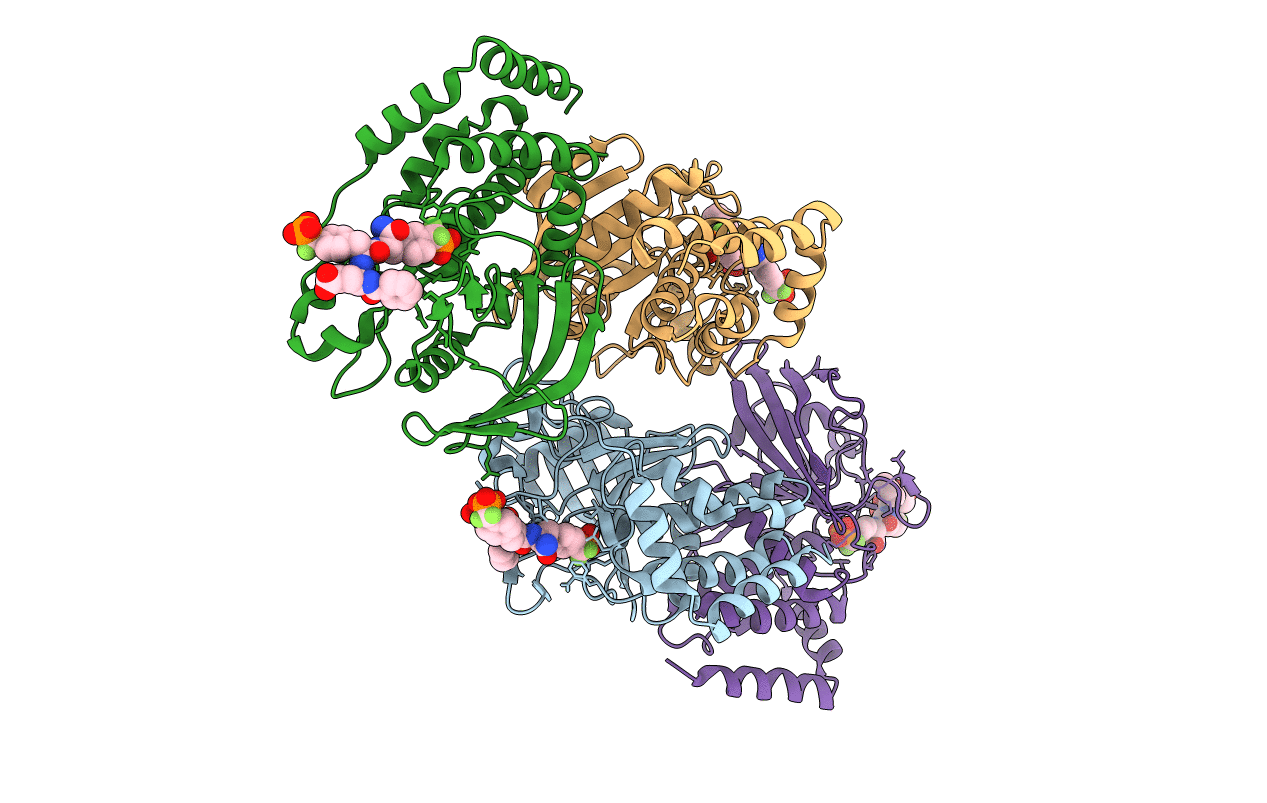
Deposition Date
2002-05-10
Release Date
2002-07-24
Last Version Date
2023-08-16
Entry Detail
PDB ID:
1LQF
Keywords:
Title:
Structure of PTP1b in Complex with a Peptidic Bisphosphonate Inhibitor
Biological Source:
Source Organism:
Homo sapiens (Taxon ID: 9606)
Host Organism:
Method Details:
Experimental Method:
Resolution:
2.50 Å
R-Value Free:
0.28
R-Value Work:
0.22
R-Value Observed:
0.23
Space Group:
C 1 2 1


